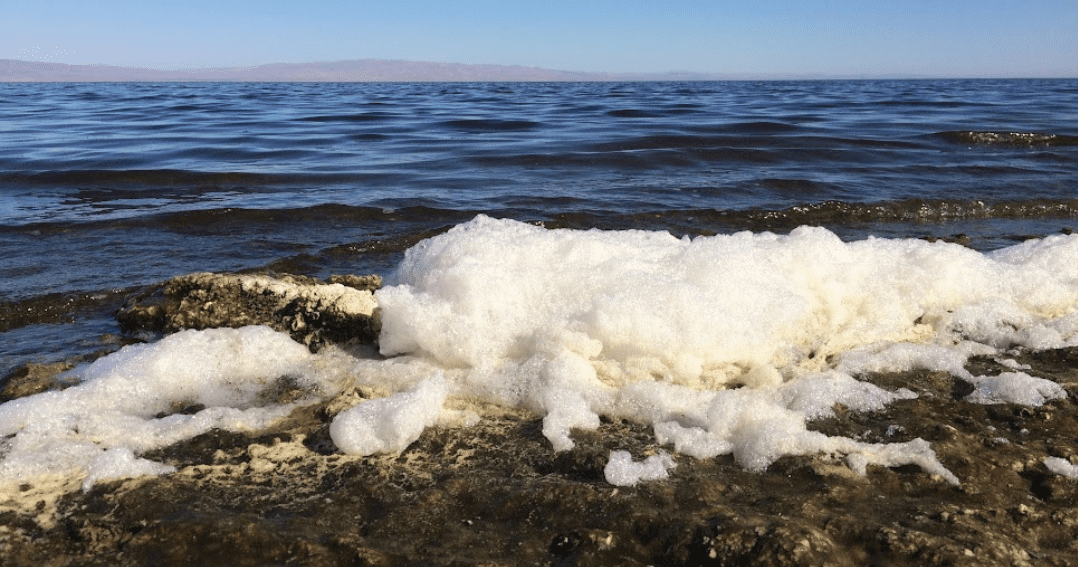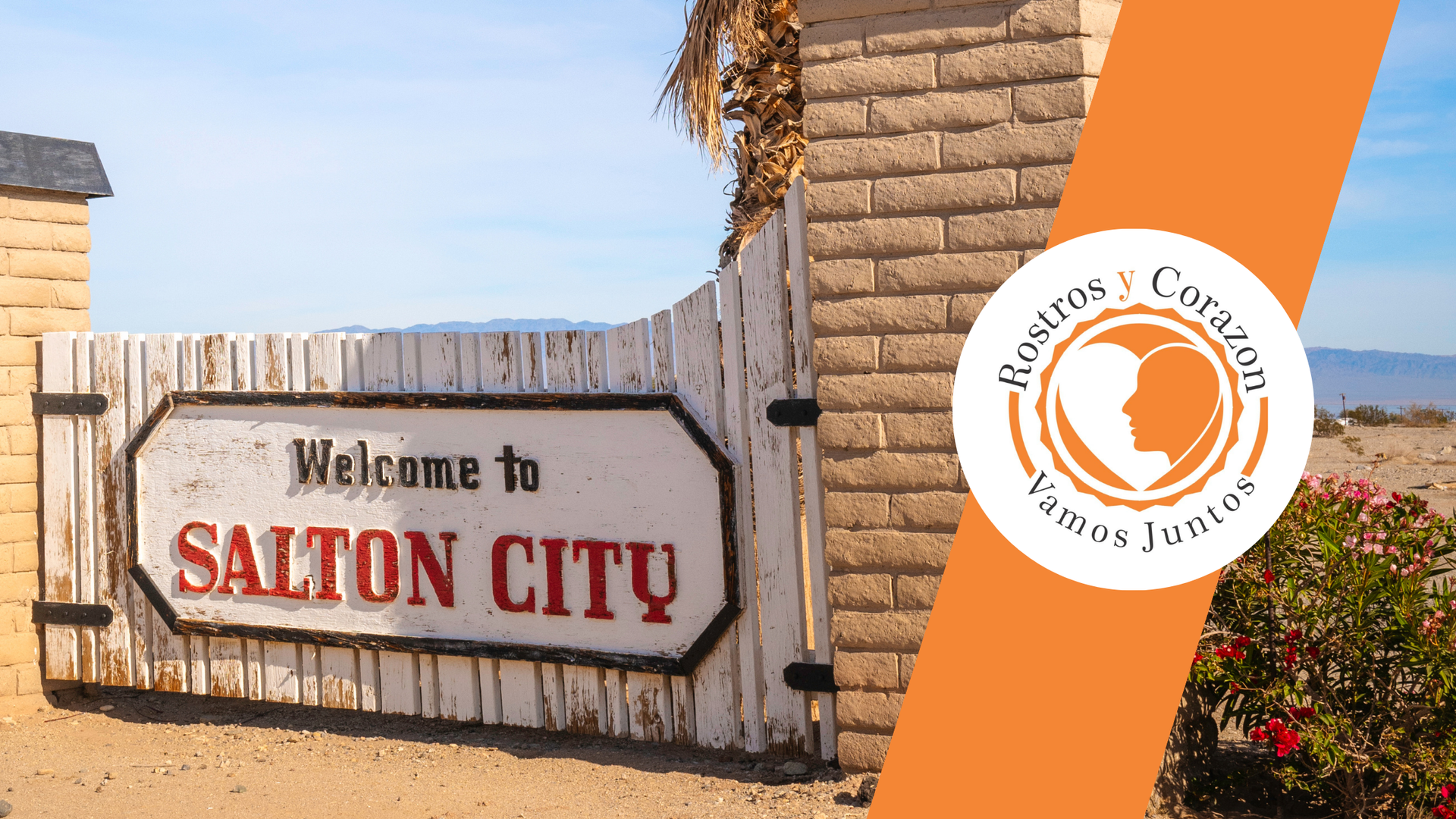The Potential Impacts of a Dried-Up Salton Sea
Share

The Future of the Salton Sea: Potential Impacts of Its Drying
The Salton Sea, an accidental marvel in California's landscape, emerged in 1905 when the Colorado River's waters breached irrigation infrastructures, creating this significant water body. Today, it stands as a pivotal habitat for myriad bird species, including crucial stopovers for migratory birds, and plays a central role in local recreation and economy.
The potential drying of the Salton Sea, however, casts a shadow of concern, given its water levels have been on a decline for years. The ramifications of such an event could ripple through environmental, economic, and health spheres:
- Air Pollution: The exposure of the Salton Sea's lakebed would unleash fine dust particles into the air, escalating air pollution risks and posing severe respiratory and health challenges to nearby populations.
- Wildlife Habitat Loss: The sea's unique ecosystem, home to diverse bird, fish, and wildlife species, faces a bleak future. The drying up could obliterate these habitats, pushing some species towards extinction.
- Economic Impacts: As a cherished recreational spot, the Salton Sea significantly contributes to local economic vitality. A dried-up sea would starkly diminish tourism, adversely affecting the economic fabric of surrounding areas.
- Health Impacts: Surrounded by agricultural expanses, the drying of the sea could mobilize harmful chemicals into the air and groundwater, menacing public health and risking water supply contamination in the region.
In light of these potential impacts, proactive measures are imperative to safeguard the Salton Sea. Initiatives aimed at wetland restoration, water conservation, and the exploration of alternative water sources are crucial to preserving this unique ecosystem and sustaining its economic relevance.
Learn More












